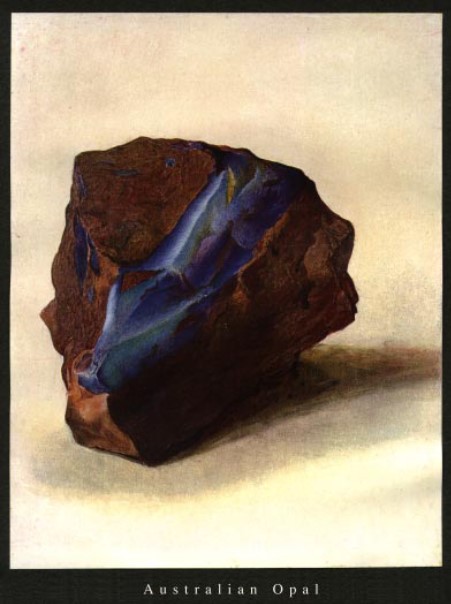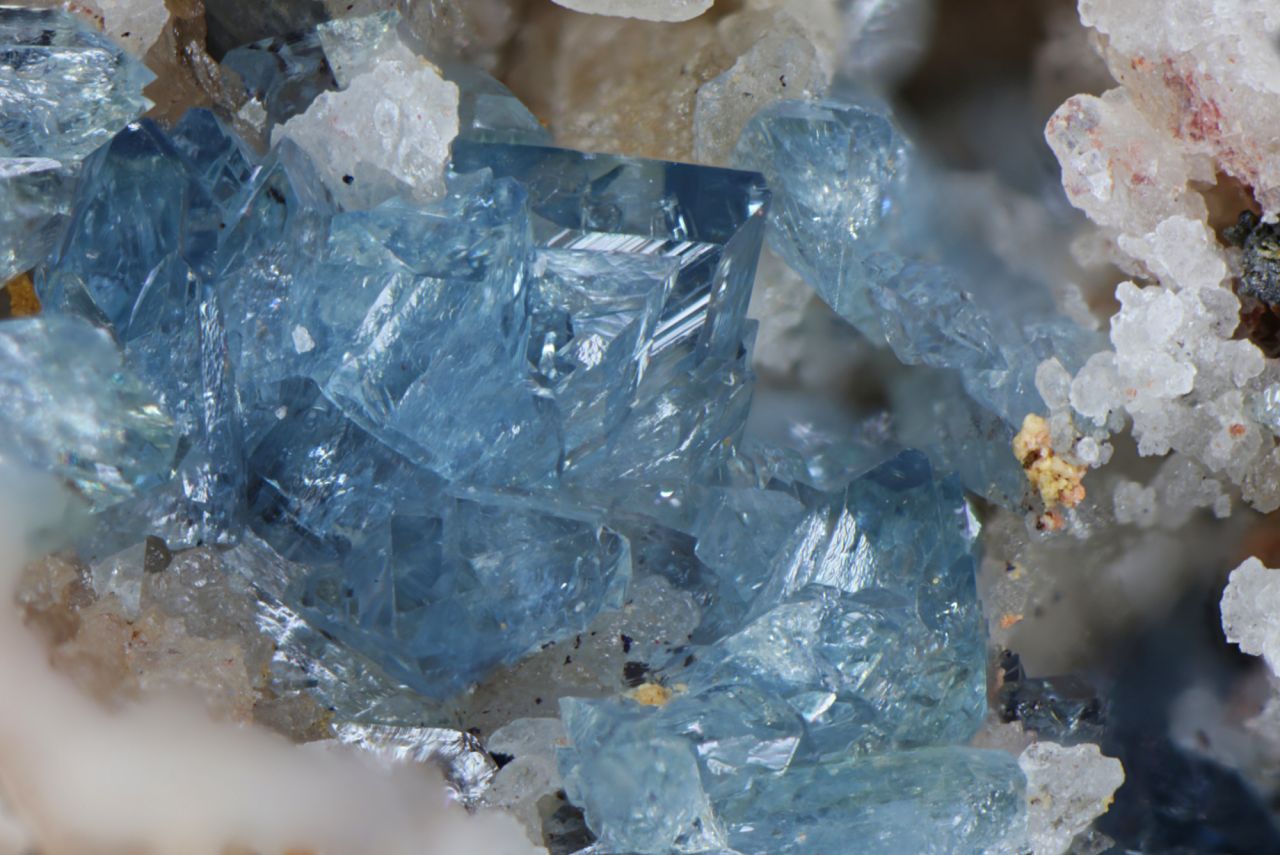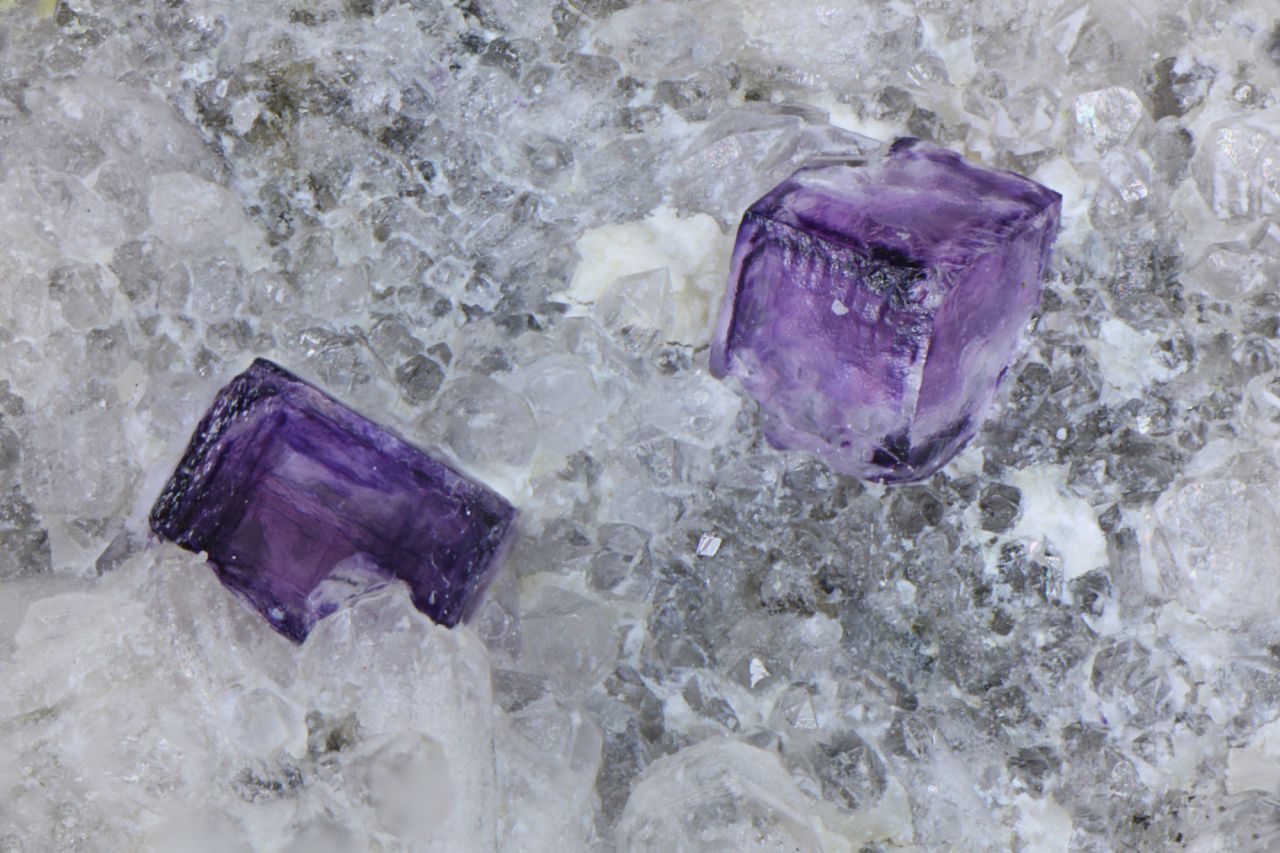From David Ifold… I am writing my first letter to outline our plans for the 41st BMS Symposium which takes place as a real event in Leicester at The College Court Conference Centre this September starting 9.00AM on Friday 16th September and finishing lunchtime Sunday 18th September. Since the outbreak of Covid 19, the world of Conference Centres and Hotels has changed. College Court has now re-opened but is run directly by the owners Leicester University through their own conference business. The original staff that we once knew at College Court have long since gone. Booking a conference venue this year has not been easy. A number of members including Jeanette Inkin and Martin Stolworthy have kindly made enquiries on our behalf but the main stumbling block has been that most conference venues today have very strict contracts with penalty clauses that can apply even twelve months before the event! We have decided to go back to College Court as they have offered us the most favourable terms. The Russell Society have used College Court for their ASM the first weekend of April and a number of us attended that function and so we will be able to judge how well they have restarted their business. Our booking gives members a number of options with the possibility of delegates joining or leaving us at their convenience. We of course hope you will be with us for the whole weekend! The Symposium will officially start Friday 16th September at 9.00AM with […]
Read MoreA good way to show off specimens with different viewpoints (such as UV reactive). Click on the image below for a higher resolution version and use the slider to see specimen under white light and longwave UV. Colourless but iron-stained fluorite crystals. Fluorescent blue under longwave UV. Width of view 11.5mm. Stack of 40 images (white light) and 30 images (UV). Steve Sorrell specimen and photos.
Read MorePosted on behalf of the North West Highlands Geopark. In 2015 UNESCO accredited the North West Highlands Geopark as one of their Global Geoparks in recognition of the importance of managing outstanding geological sites and landscapes in a holistic manner. They work closely with their remote communities and warmly welcome large numbers of geologists and visitors to their region every year from countries all around the world. Throughout the course of every year they publish a series of newsletters highlighting the geology, features and events in their geopark. They kindly ask you to consider subscribing to their newsletters. Subscription is free and can be done via the following page within their official website: As well as their newsletters they would also send you news of their geotours which have been very well received by many geologists over the years. Each touring group is led by a local geology expert who has an encyclopedic knowledge of their region, aptly called the ‘Cradle of Geology.’ Further details of the geotours can also be found within their website via the following links: They would be delighted to add you to their mailing list and share the best of their geopark’s news and attractions with you. Sent by Jonathan Archer North West Highlands Geopark Project Assistant email: projects@nwhgeopark.comNorth West Highlands Geopark Limited Registered Scottish Charity no. SC046510 Registered office – The Rock Stop, Unapool, Kylesku, Sutherland, Scotland IV27 4HW Reg. no. SC422047
Read MoreAn index of articles, authors, minerals and photographs in BMS Newsletters is now up to date and can be found here. Many thanks to Trevor Devon for this daunting task!
Read MoreIssues 73, 74, 75, 79, 80, 81 and 83 have now been uploaded. You can find them in the Newsletter Archive.
Read More
The 40th Annual Symposium of the British Micromount Society has just finished, this year totally on the Zoom platform. The last talk was “John Ruskin and his mineral collection”, presented by Roy Starkey. Roy made mention of the extensive published works of John Ruskin, some of which relates to rocks and minerals, and it is available as scanned pdf versions here.
Read More
The British Micromount Society’s 2021 Symposium is on this month. This one is the 40th and once again will be held on the Zoom platform due to Covid. The program is as follows: Friday 17th September.18.45 ‘Doors’ Open.19.00 -20.00 ‘Microminerals of Mont St. Hilaire’, Quintin Wight.20.00 -21.00 ’40 years of the BMS’, Roy Starkey.21.00 Social Evening – an invitation to show and tell – what have you been doing over the last year? Let other members know and see where you have been or what you’ve been up to. Saturday 18th September.08.30 Doors Open.09.00 -09.45 ‘Tsumeb’, Phil. Taylor.09.45- 10.30 ‘Broken Hill under the Microscope’, Steve Sorrell.10.30-10.50 Break.10.50 – 11.35 ‘Aris Quarry’, Michael Doel11.35 – 12.20 ‘The Chemistry of Lead and Copper Secondary Mineral Formation’, Frank Ince.12.20- 12.40 ‘Ten specimens that mean something to me’, David Ifold.12.40 – 13.00 ‘Ten specimens that mean something to me’, Susan Tyzack.13.00- 14.00 Lunch Break.14.00- 14.45 ‘Contemporary Fluorite Locations of Weardale’, Peter Briscoe.15.15-15.30 Break.15.30 – 16.30 ‘Michigan’s Keweenaw – Where Copper was King’, Paul Brandes.16.30- 17.30 ‘The Journey from an Unknown to a new Mineral’, Tony Kampf.17.30-19.00 Break.19.00 – 20.00 Quiz – Roy Starkey.20.00 -21.30 Social Evening. Sunday 19th September.08.45 Doors Open.09.00 – 10.00 ‘Devon Gems’, David Roe.10.00 -11.00 ‘John Ruskin and his mineral collection’, Roy Starkey.11.00-11.15 Coffee Break.11.15 British Micromount Society AGM followed by the results of the Photographic Competition and Society Awards. Photo: Scorodite from the Hemerdon Ball Mine, Plympton, Devon. Width of view 3.5mm. Steve Sorrell photo and specimen. Click on the […]
Read More

A lot of collectors like fluorite. Whether it be for the isometric (cubic) symmetry (for those that might be a little obsessive-compulsive 😁), the range of colours and zoning, the fluorescence, or for other reasons. This specimen is from Wheal Remfrey China Clay Pit, Saint Enoder, Cornwall, and has good colour and zoning with darker edges, but no fluorescence. I have not had the opportunity to collect in Cornwall although it is one of my favourite mineral-producing areas. I have only been there once. I was about 9 or 10 years old at the time on a family holiday, a long time before I became interested in minerals. But fortunately, I have been able to acquire some specimens from friends, this one from Richard Bell 15 or more years ago. Width of view 3.5mm. Stack of 55 images. Steve Sorrell specimen and photo. Click on the image below for a higher resolution version.
Read MoreTrevor Devon has kindly started the task of creating an index of articles, authors, minerals and photographs in BMS Newsletters. As at June 2021, the index has been completed for issues 1 to 8, and 85 to 112, and can be found here.
Read More